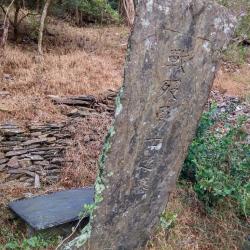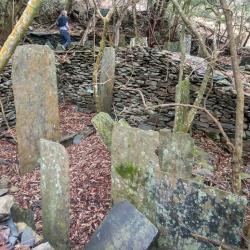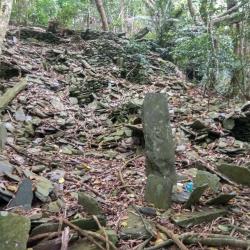Laiyi Village is located on the gently sloping land on the left bank of Linbian Creek, Laiyi Township, Pingtung County. It was formed in 1953 when people migrated out of the old Laiyi. Laiyishe or also called Neishe is the old hamlet during the Japanese colonial era. It was originally located on the left bank of the upper reaches of the Neishe River, at an altitude of 360-600 meters, forming two collective tribes. The large tribe in the southeast is called chajiakavus, a small tribe in the northwest is called chingasan, translated as Zhenya community. At that time, there was a police post set up there. In 1950, the national government asked people from the old Laiyi to move down the mountain. At that time, Ruvaniyav (Gao Wu'an), the leader of the old Laiyi, discussed with the elders and set aside the land of Ruvaniyav's family at the foot of the old Laiyi and distributed it equally to the tribe. The migration of the entire tribe was not completed until 1957. Later, due to the limited hinterland, the tribe expanded to the east, and was divided into two settlements, Tjanadjaqas (Eastern hamlet) and Vuta (Western hamlet), with Laiyi National Elementary School as the boundary line. In 2011, after the Morakot and Vannabi hurricanes, some residents of the original hamlet were successively resettled by the government and moved to the permanent housing base of the "Xinlaiyi Community" in Nan'an Farm, Xinpi Township, Pingtung County, forming a coexistence of the original hamlet and the new hamlet.
- -/-



